40 descriptive terms such as low sodium or low fat on food labels are defined by
› foodlaw › safe-408-608Regulation of the U.S. Food Processing Sector — Food Law A nutrient content claim is a statement about a food product that directly or by implication characterizes the level of a nutrient in the food (e.g., "fat free," "low fat," "high in oat bran," or "contains 100 calories"). The question than is "what standard must be met to claim that a food is calorie-free or low-calorie or reduced calorie? › scripts › cdrhCFR - Code of Federal Regulations Title 21 - Food and Drug ... (a)(1) Ingredients required to be declared on the label or labeling of a food, including foods that comply with standards of identity, except those ingredients exempted by § 101.100, shall be listed by common or usual name in descending order of predominance by weight on either the principal display panel or the information panel in accordance with the provisions of § 101.2, except that ...
Marketing Tricks on Food Labels - Simple Tasty Health - Lemond Nutrition Below are some phrases that you may see on some packaging labels, along with guidelines for that nutrition marketing claim. Low calorie: 40 calories or less per serving. Low cholesterol: 20 milligrams or less and 2 grams or less of saturated fat per serving. Reduced: At least 25 percent less of the specified nutrient or calories than the usual ...
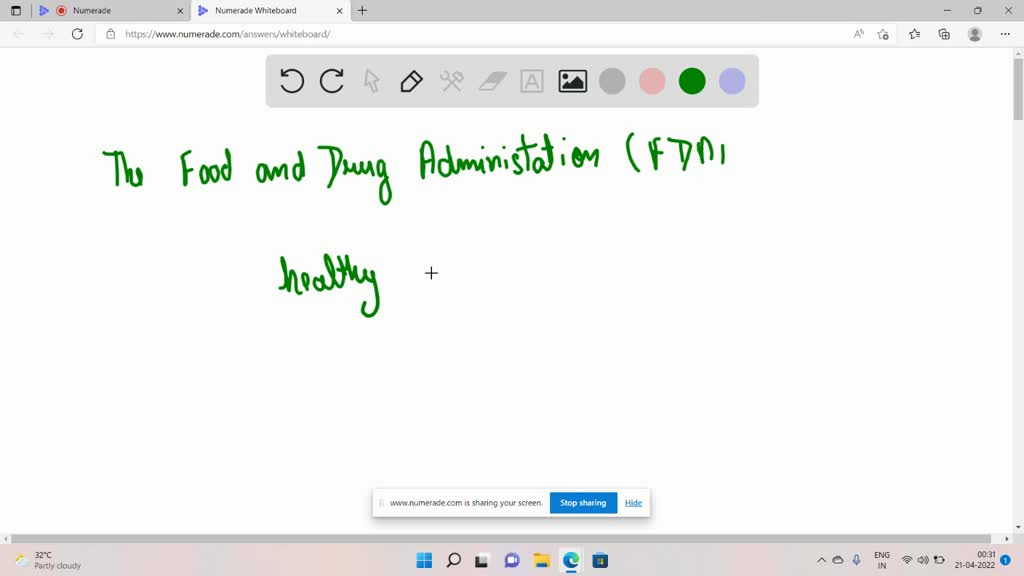
Descriptive terms such as low sodium or low fat on food labels are defined by
› createJoin LiveJournal Password requirements: 6 to 30 characters long; ASCII characters only (characters found on a standard US keyboard); must contain at least 4 different symbols; Nutrient Claims on Food Labels - Clemson University Low calorie means the meal or main dish contains 120 calories or less per 100 g. Low sodium meals and main dishes have 140 mg or less sodium per 100 g. Low cholesterol means the food contains 20 mg cholesterol or less per 100 g and no more than 2 g saturated fat. Light meals and main dishes are low-fat or low-calorie. Understanding Food Labels - Nutrition: Science and Everyday Application ... The value printed on the Nutrition Facts panel is the percent DV, which tells you how much one serving of the food contributes towards meeting the daily requirement for that nutrient. The FDA uses the following definitions for interpreting the %DV on food labels:4. 5%DV or less means the food is low in a nutrient.
Descriptive terms such as low sodium or low fat on food labels are defined by. journals.physiology.org › doi › fullPhysiology Of Drowning: A Review | Physiology Feb 17, 2016 · Drowning physiology relates to two different events: immersion (upper airway above water) and submersion (upper airway under water). Immersion involves integrated cardiorespiratory responses to skin and deep body temperature, including cold shock, physical incapacitation, and hypovolemia, as precursors of collapse and submersion. The physiology of submersion includes fear of drowning, diving ... What Food Labels Mean—and Don't - Consumer Reports For example, a study in the Journal of the Academy of Nutrition and Dietetics found that shoppers gravitate toward labels such as "low sodium," " low fat ," and " reduced sugar ," but... Food Label Claims and Guidelines :: Provided by MyFoodDiary.com When we read a nutrition label and see 0g of a particular nutrient, such as trans fat, we expect to be eating none of that nutrient. However, manufacturer's can list an item as having 0g trans fat per serving if the food contains less than 0.5g. This can become a problem since most individuals consume more than 1 serving. What Do Those Food-Label Terms Really Mean? - Sodium — "Sodium free" or "salt free" don't exactly mean zero sodium; those terms mean less than 5 milligrams of sodium per serving. "Lower" means 140 milligrams or less of sodium per serving. There's also a rule for "very low sodium": 35 milligrams or less per serving. "Reduced" sodium means 25% less than regular such foods.
Question 30 Descriptive terms such as low sodium or low fat on food ... So we are asked descriptive terms such as low sodium or low fat on food labels are defined by So the Food and Drug Administration. That is your F. D. A. The food. Excellent. Okay. And broke administration. Yes. Sorry for that. And administration. Okay. Okay that is your F. D. A. Now this F. D. › current › title-21eCFR :: 21 CFR Part 201 -- Labeling If the drug is not in unit dosage form, any statement of the quantity of an ingredient contained therein shall express the amount of such ingredient in a specified unit of weight or measure of the drug, or the percentage of such ingredient in such drug. Such statements shall be in terms that are informative to licensed practitioners, in the ... What the Labels Mean - Calorie Control Council The Meaning of "Light" FDA's final regulations provide a specific definition for "light" (or "lite"). "Light," without any additional clarification, may only describe a food which has been significantly reduced in fat, calories, or sodium. If a product is described as "light," with no further explanation, consumers can be assured that: Food Labels | CDC - Centers for Disease Control and Prevention If you eat the whole thing, you are eating 8 times the amount of calories, carbs, fat, etc., shown on the label. Total Carbohydrate shows you types of carbs in the food, including sugar and fiber. Choose foods with more fiber, vitamins, and minerals. Choose foods with lower calories, saturated fat, sodium, and added sugars. Avoid trans fat.
7 Day Low Fat Low Sodium Diet Plan - Diets Meal Plan Low Fat Low Sodium Diet Plan - The Recommended Amount of Fat and Sodium Intake The DRI (dietary reference intake) for fat in adults in the USA is between 20% and 35% of total calories from fat. That's about 45g to 80g of fat per day if you eat 2,000 calories. Food Labels: Fat & Cholesterol | Home & Garden Information Center The 2015 Dietary Guidelines for Americans recommends the following intakes of fat and cholesterol every day: total fat—20 to 35% of calories, depending on age and gender (65 grams for the 2,000-calorie intake level used in the Daily Value)*. saturated fat—less than 10% of calories**. trans fat— keep as low as possible. Understanding Food Labels on Light, Reduced-Fat and Low-Calorie Foods The Meaning of "Light" FDA's final regulations provide a specific definition for "light" (or "lite"). "Light," without any additional clarification, may only describe a food which has been significantly reduced in fat, calories, or sodium. If a product is described as "light," with no further explanation, consumers can be assured that: Solved Question 30 Descriptive terms such as low sodium or - Chegg Question: Question 30 Descriptive terms such as low sodium or low fat on food labels are defined by the National Institutes of Health O the American Dietetic Association the marketing department of food manufacturers O the Food and Drug Administration This problem has been solved!

question 30 descriptive terms such as low sodium or low fat on food labels are defined by the national institutes of health the american dietetic association the marketing department of food 80845
Food labels - Better Health Channel Low fat - must contain less than 3% fat for solid foods (1.5% for liquid foods). Fat free - must be less than 0.15% fat. Percentage of fat - remember 80% fat free is the same as 20% fat, which is a large amount. Good source of - must contain no less than 25% of the recommended dietary intake (RDI) for that vitamin or mineral.
Sodium on the Nutrition Facts Label | FDA - U.S. Food and Drug ... Most Americans eat too much sodium and diets higher in sodium are associated with an increased risk of developing high blood pressure. The Nutrition Facts label is a handy tool you can use...
Ch. 2 Reading Notes (Nutrition) Flashcards | Quizlet a state in which you are not meeting your nutrient needs. a state of inadequate nutrition whereby a person's nutrient and / or calorie needs arent met through the diet malnourished the long-term outcome of consuming a diet that doesn't meet nutrient needs Overnutrition
Misleading Nutrition and Food Labels - Health Terms like "fat free" or "all natural" are often slapped on a food item that may not be healthy at all. Check out our list of the 16 most common and most misleading phrases manufacturers use on food.
en.wikibooks.org › wiki › Rhetoric_and_CompositionRhetoric and Composition/Print version - Wikibooks, open ... Jul 11, 2019 · Finally, even readers with a great deal in common may not agree about the quality of any particular text, just as people's opinions differ about which bands are really great. We really don't know why people have such preferences and can't make accurate predictions about what they will like or dislike. Simply put, writing isn't simple.
Deciphering Food Labels: Here's What "Low-Sodium", "Sugar-Free", "Free ... 1. "Low Sodium" versus "Reduced Sodium" When a product label claims a food to be low sodium, it is guaranteeing that no more than 140 mg of sodium are in each serving. A product with this food label is the right choice for anyone trying to keep salt intake at a minimum. Labels claiming reduced sodium don't have a salt benchmark, per se.
Nutrition Label Glossary: Definitions of Nutrition Fact Terms - WebMD Read food labels to help keep your sodium intake to 2,300 milligrams a day or less. Persons 51 and older, African Americans, or people who have hypertension, diabetes or chronic kidney disease ...
Understanding Food Terms - American Cancer Society Fat. Saturated fat. Cholesterol. Sodium. Sugars. Calories. Other terms that may be used: Without, no, zero and (for fat-free milk) skim. Note that this only refers to nutrients in food. The word "free" may be used differently for things people may be allergic to or intolerant of, such as lactose and gluten.
Food Labels (Lesson 15) - LSU AgCenter " Added Sugars " is a new feature on the revised Nutrition Facts label. Added sugars include all types of sugars, including syrups and granulated sugar that have been added during processing. " Total Sugars " include sugars that naturally occur in the food item (like fruit and milk) and sugars that have been added during processing.
Chapter 2 T.B. Flashcards | Quizlet Descriptive terms such as low-fat or heart healthy are: a) regulated by the Center for Disease Control b) permitted on a deli menu as long as the establishment provides documentation for the claim c) defined by each manufacturer or processor d) required on all frozen foods
Food Packaging Claims | American Heart Association You can use this general guidance: "Free" means a food has the least possible amount of the specified nutrient. "Very Low" and "Low" means the food has a little more than foods labeled "Free." "Reduced" or "Less" mean the food has 25% less of a specific nutrient than the regular product.
Food Labels: How to Decode the 11 Trickiest Terms - Reader's Digest More. One step down in nutritional value from "good source" is "more," "fortified," "enriched," "added," "extra," or "plus.". A food with 10 percent of the RDV of a ...
[Solved] Descriptive terms such as low sodium or low fat on food labels ... Descriptive terms such as low sodium or low fat on food labels are defined by O the National Institutes of Health the local health department O the Food and Drug Administration the American Dietetic Association Show more BiologyScienceNutrition Comments (0) Answer & Explanation Solved by verified expert Answer. The correct option is C.
What do low-sodium or sodium-free food labels mean? Sodium free: a very small amount of sodium per serving. Very low sodium: 35 milligrams (mg) or less per serving. Low sodium: 140 mg or less per serving. Reduced sodium: foods in which the level of sodium is reduced by 25%. Light or lite in sodium: foods in which the sodium is reduced by at least 50%. A simple rule of thumb: If salt is listed in ...
› food › food-labeling-nutritionLabel Claims for Conventional Foods and Dietary Supplements Mar 07, 2022 · However, a statement such as "only 200 mg of sodium" characterizes the level of sodium by implying that it is low. Therefore, the food would have to meet the nutritional criteria for a “low ...
Low Sodium Nutrient Label - LabelCalc First-time food manufacturers often ask me what the most popular Nutrient Content Claims (NCCs) are for food products. Well, in addition to a few others—such as low fat and low calorie—low sodium is one of the NCCs food manufacturers most frequently use. Actually, any NCC related to reduced sodium is commonly employed by food manufacturers since lower sodium foods are popular among the ...
Understanding Food Labels - Have A Plant The % DV can tell you whether a food product is a low, good, or excellent source of that particular nutrient. Low Source - 5% or less of nutrient; Good Source - 10-19% of nutrient; Excellent Source 20% or greater of nutrient. The % DV is a good guide to use when comparing food choices based on the content of certain nutrients.
Understanding Food Labels - Nutrition: Science and Everyday Application ... The value printed on the Nutrition Facts panel is the percent DV, which tells you how much one serving of the food contributes towards meeting the daily requirement for that nutrient. The FDA uses the following definitions for interpreting the %DV on food labels:4. 5%DV or less means the food is low in a nutrient.
Nutrient Claims on Food Labels - Clemson University Low calorie means the meal or main dish contains 120 calories or less per 100 g. Low sodium meals and main dishes have 140 mg or less sodium per 100 g. Low cholesterol means the food contains 20 mg cholesterol or less per 100 g and no more than 2 g saturated fat. Light meals and main dishes are low-fat or low-calorie.
› createJoin LiveJournal Password requirements: 6 to 30 characters long; ASCII characters only (characters found on a standard US keyboard); must contain at least 4 different symbols;



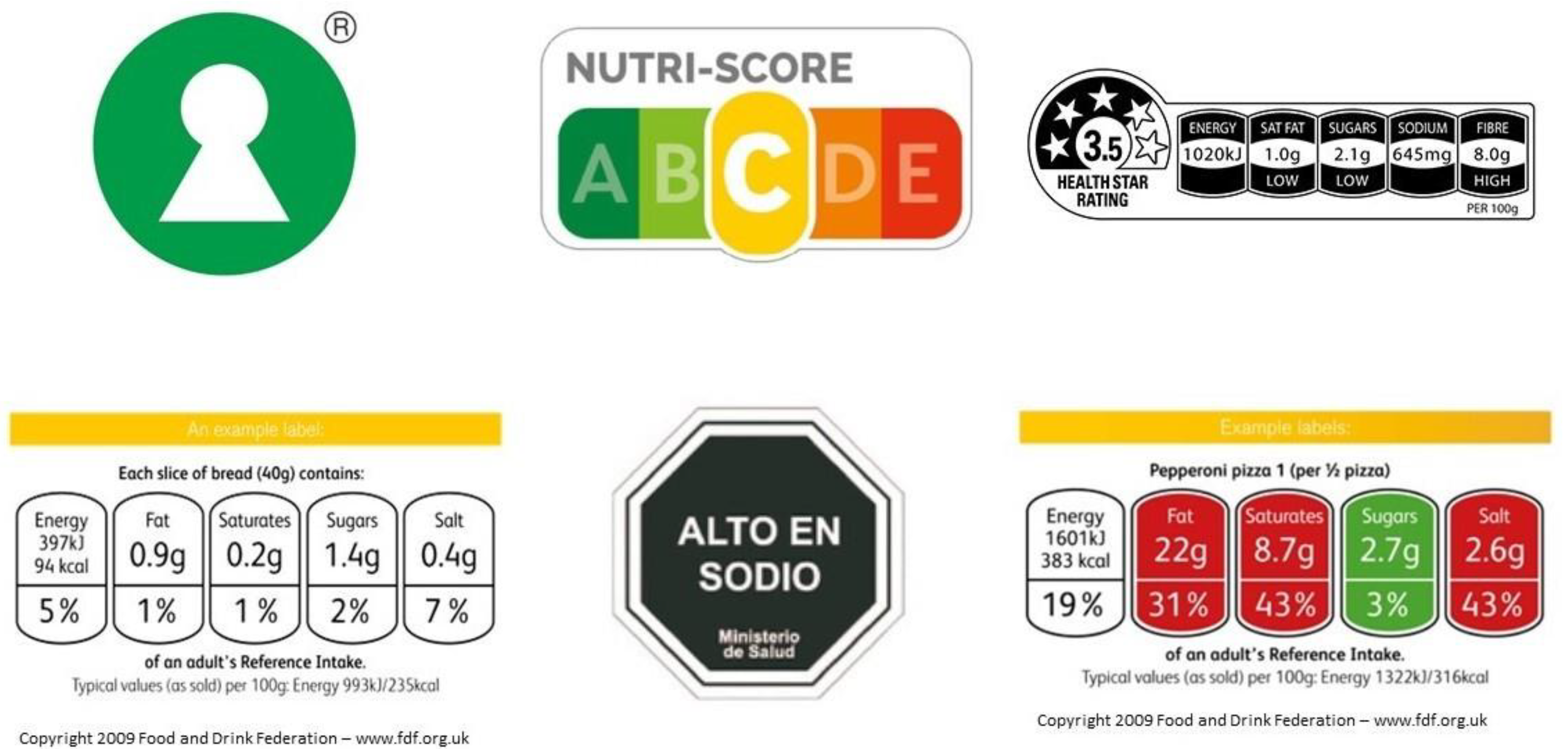
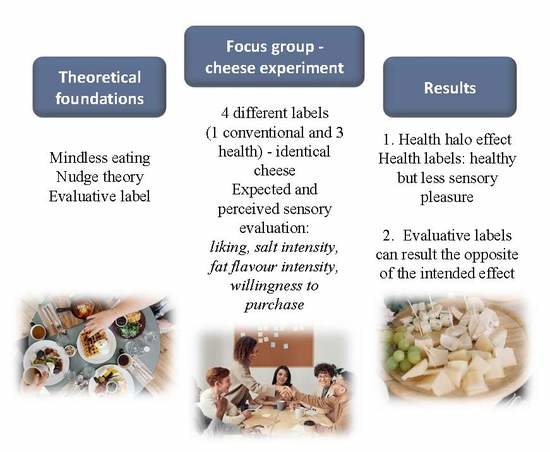
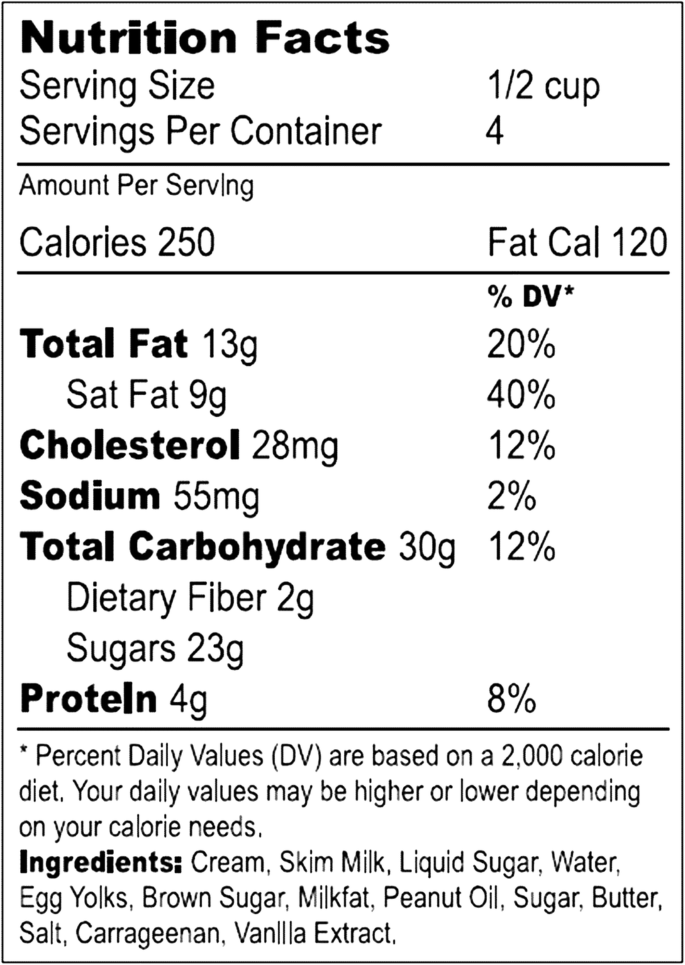
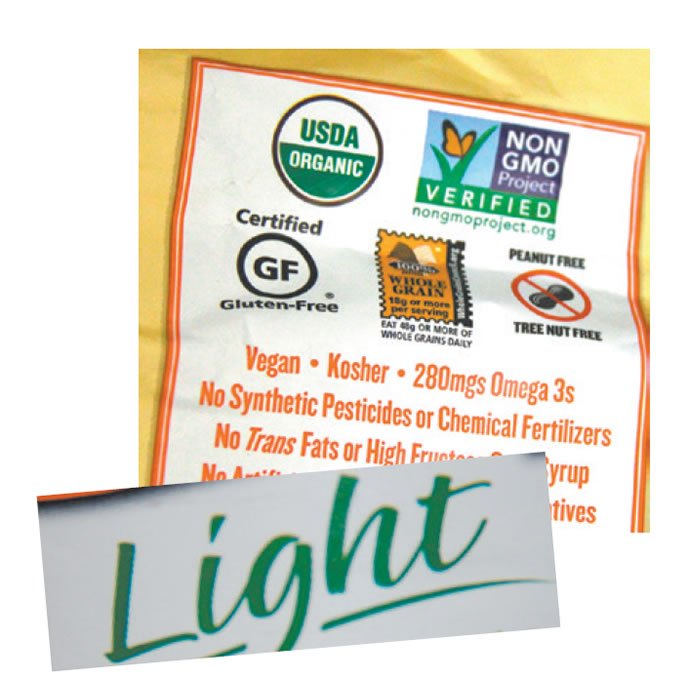
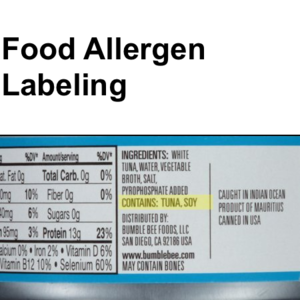


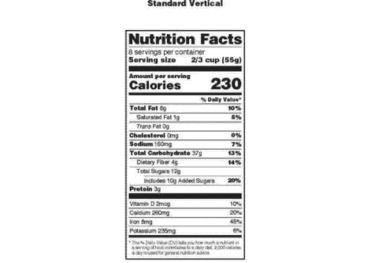



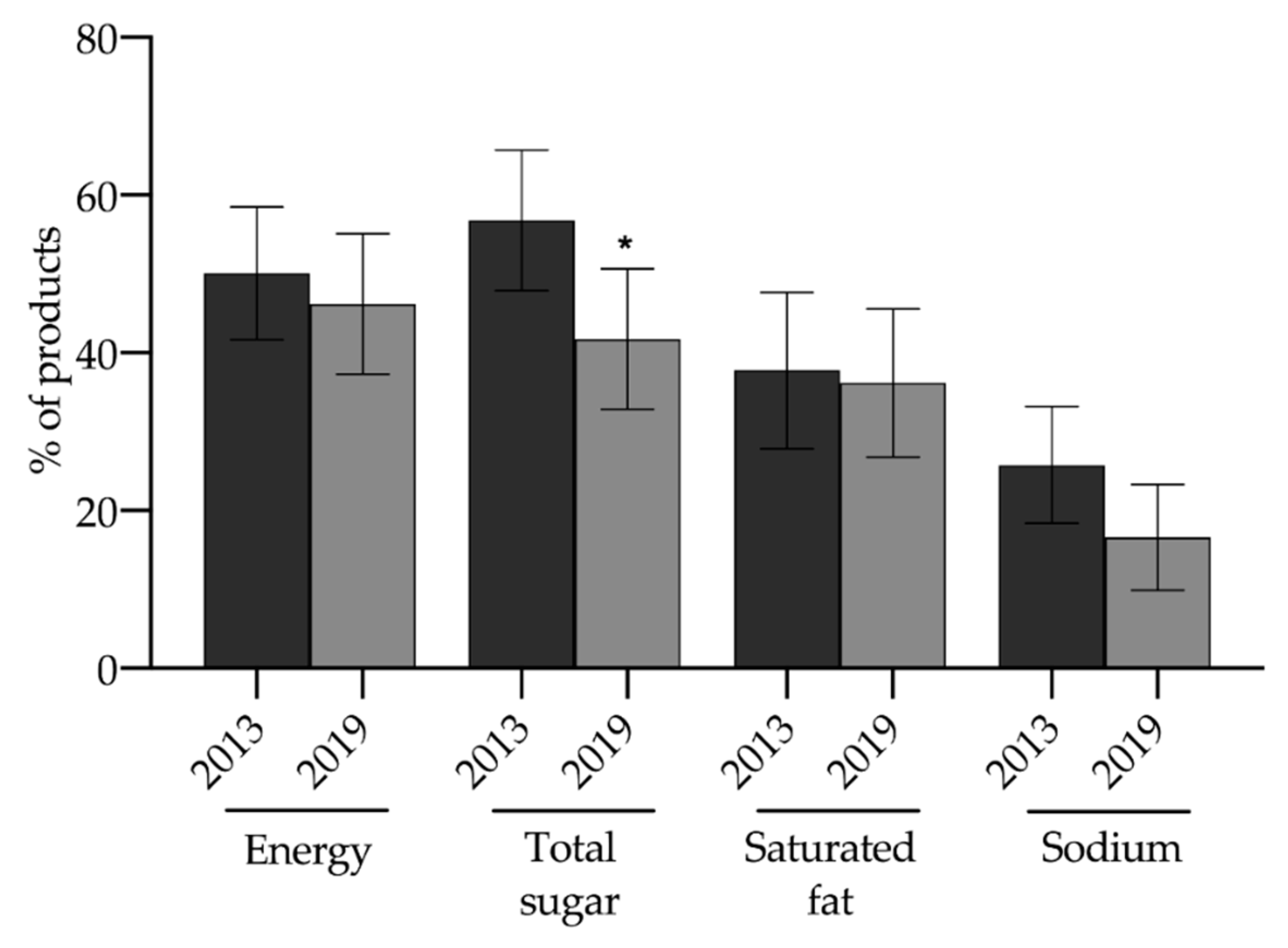

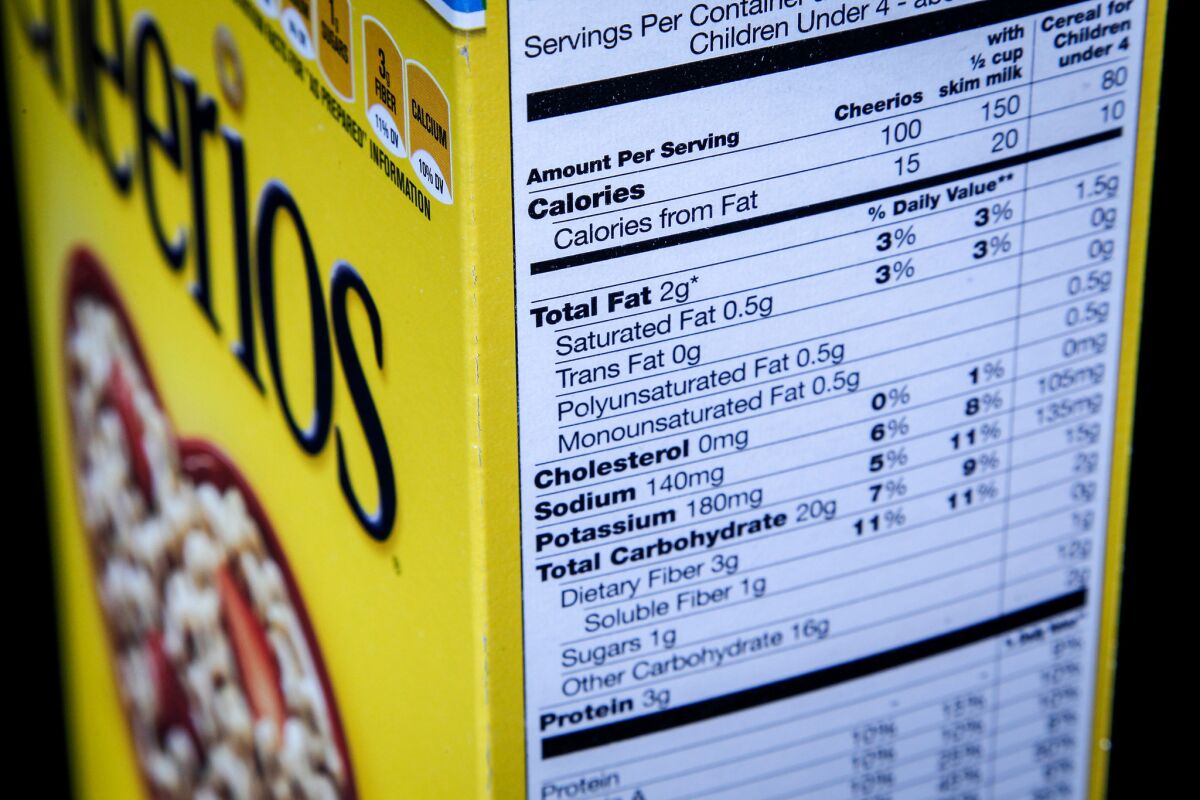
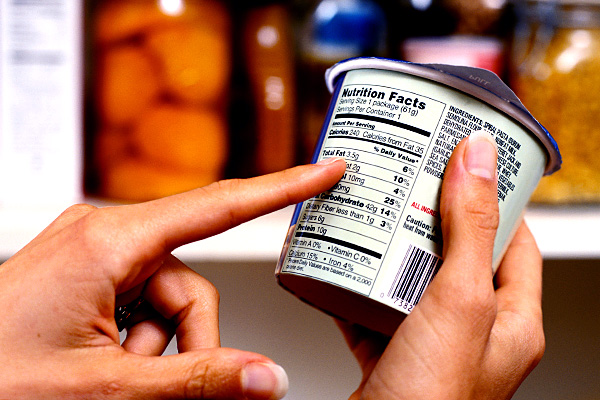





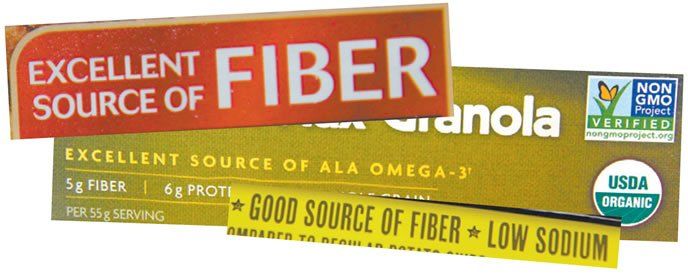




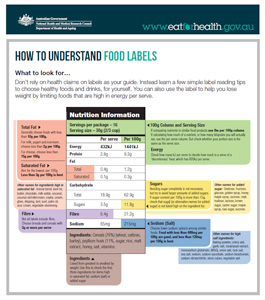

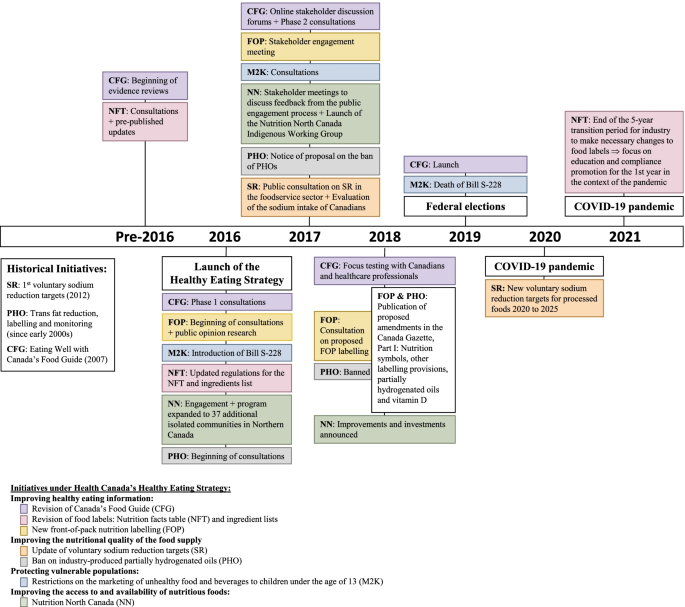
Post a Comment for "40 descriptive terms such as low sodium or low fat on food labels are defined by"